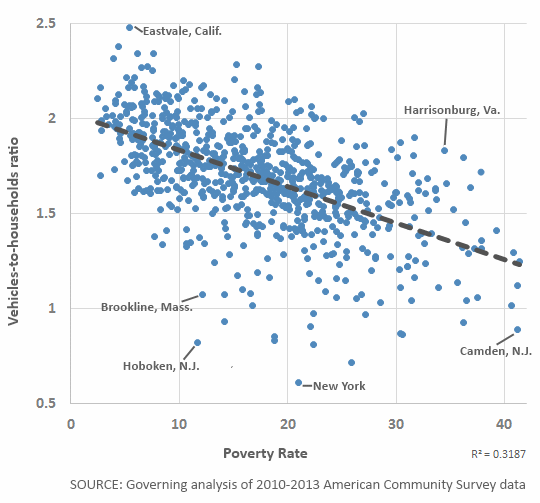We love our cars. It’s everyone else’s cars that are the problem
By Morf Morford
Tacoma Daily Index
There’s an old saying “It only seems impossible until someone else does it”.
We assume that the way things are is the way they have always been and how they should be.
In almost no area of life is this true. Whether you are talking about how long people live, the economy or the most common mode of transportation – or almost anything else – aspects and expectations change constantly.
Oslo, Norway recently achieved a statistic few if any of us could even begin to imagine; zero pedestrian or cyclist deaths in 2019. (1*) They had one traffic death when a driver ran his car into a fence last summer.
For a little perspective, Oslo has little more than triple the population of Tacoma (and only slightly more populous than Seattle).
In 2016 twenty people died in Tacoma in auto accidents – in 2017 that number was 12. 11 in 2018. And in 2019 it was 7.
The trend, contrary to our expectations, is downward.
Don’t most of us just assume that auto accidents will only increase as our population increases?
Not so in Norway. The country nearly cut in half traffic deaths between 2010 and 2017, dropping from 208 to 107.
In fact, around the world traffic fatalities have dropped. (2*) According to a report on global traffic accidents published by the International Transport Forum with data from International Traffic Safety Data and Analysis Group (IRTAD):
Traffic fatalities around the world were down by 5.7% in 2017 compared to 2010. It is important to recognise the degree to which the United States, as the most populous IRTAD member, heavily influences the data. If the United States is excluded, the average reduction in road deaths is 17.4%.
Most people I know take a certain level of traffic accidents (even fatal ones) to be inevitable – something approaching the social cost of modern transportation.
Few things are as sacred as personal mobility in America – and by personal mobility, of course I mean cars.
I love the freedom my car offers me. I pay for it of course. According to some financial planners one car costs about 10% of household income.
Car ownership, if not access, is directly correlated to income – in most cases. New York City has the lowest rate of car ownership of any major US city.
And one glance at any city from the air shows how much promising potential property is dedicated to cars.
The cost of cars to all of us, as individuals, as neighborhoods and as urban centers is immense. Factor in those elements that most of us might never consider like infrastructure, maintenance, traffic and pollution, the costs become even more inconceivable.
Ironically (or perhaps obviously, to some of us) many of our “solutions” to automobile related problems have only made those problems worse.
The “solution” to traffic jams, for too many years, was to build more roads or more lanes. To no one’s surprise, except the traffic planners apparently, a year or two later traffic congestion was exponentially worse – with reduced travel speeds and higher accident rates.
I think the core problem was that traffic engineers were not specific enough when it came to what problem they were trying to solve.
Yes, additional roads or lanes would reduce congestion – if the amount of traffic stayed the same.
But why would it? In fact it is all too obvious that making our highways more inviting would in fact encourage more people to drive.
And they do. And they will.
If we really wanted fewer cars on the freeway, for example, we should make it more convenient, safe, reliable and affordable to NOT drive a car.
Do we really want to make it easier and more convenient to drive than to use any other means of transportation?
Isn’t that what we have invested time, money and legislation in for a few decades now with minimal, if not entirely negative effects?
More roadways and freeway lanes encourage more traffic. And more traffic is precisely what no one wants.
Especially in major city centers.
If mobility and maximum access is the intent, planning needs to have that in clear focus.
Increased congestion is not a solution – it is the exaggeration of the problem.
The ultimate irony about cars is that individuals love them while cities – and sometimes neighborhoods – hate them.
We love our mobility and our access to the opportunities and necessities of life in our neighborhoods.
When it comes to transportation we want safety, speed, affordability and immediate access; but for more and more of us, we are fortunate if we get three out of four of these.
How many of us are finding that more and more events and neighborhoods are less and less accessible thanks to parking and traffic concerns?
In other words cars, and car related issues are an impediment, not an incentive, to growth and mobility.
Some cities are moving toward car-free areas or set aside days, while some are encouraging citizens to take on the rule of thirds; to have one third of trips made by bike, one third by transit and one third by car.
Not all of us can, or want to use more transportation modalities, and not all of us need to.
But if even 10 or 20 percent of us used some form of transportation besides automobiles – even on an occasional basis, our cities and neighborhoods would be dramatically more welcoming – and much safer – for all of us.
Our schools, neighborhoods and our urban centers could, with little sacrifice on the part of any one of us, be far more inviting, convivial and even prosperous if we could focus on our what we came there to do, instead of spending our energy on how frustrated we are about parking and traffic.
(1*) https://www.smartcitiesdive.com/news/oslo-vision-zero-pedestrian-cyclist-deaths-2019/569878/?
(2*) https://www.itf-oecd.org/sites/default/files/docs/irtad-road-safety-annual-report-2019.pdf










